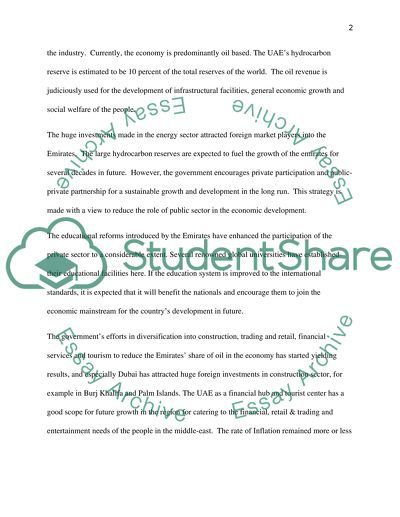Cite this document
(“United Arab Emirates: Review of economic development Research Paper”, n.d.)
United Arab Emirates: Review of economic development Research Paper. Retrieved from https://studentshare.org/macro-microeconomics/1403261-economics-of-the-uae
United Arab Emirates: Review of economic development Research Paper. Retrieved from https://studentshare.org/macro-microeconomics/1403261-economics-of-the-uae
(United Arab Emirates: Review of Economic Development Research Paper)
United Arab Emirates: Review of Economic Development Research Paper. https://studentshare.org/macro-microeconomics/1403261-economics-of-the-uae.
United Arab Emirates: Review of Economic Development Research Paper. https://studentshare.org/macro-microeconomics/1403261-economics-of-the-uae.
“United Arab Emirates: Review of Economic Development Research Paper”, n.d. https://studentshare.org/macro-microeconomics/1403261-economics-of-the-uae.


